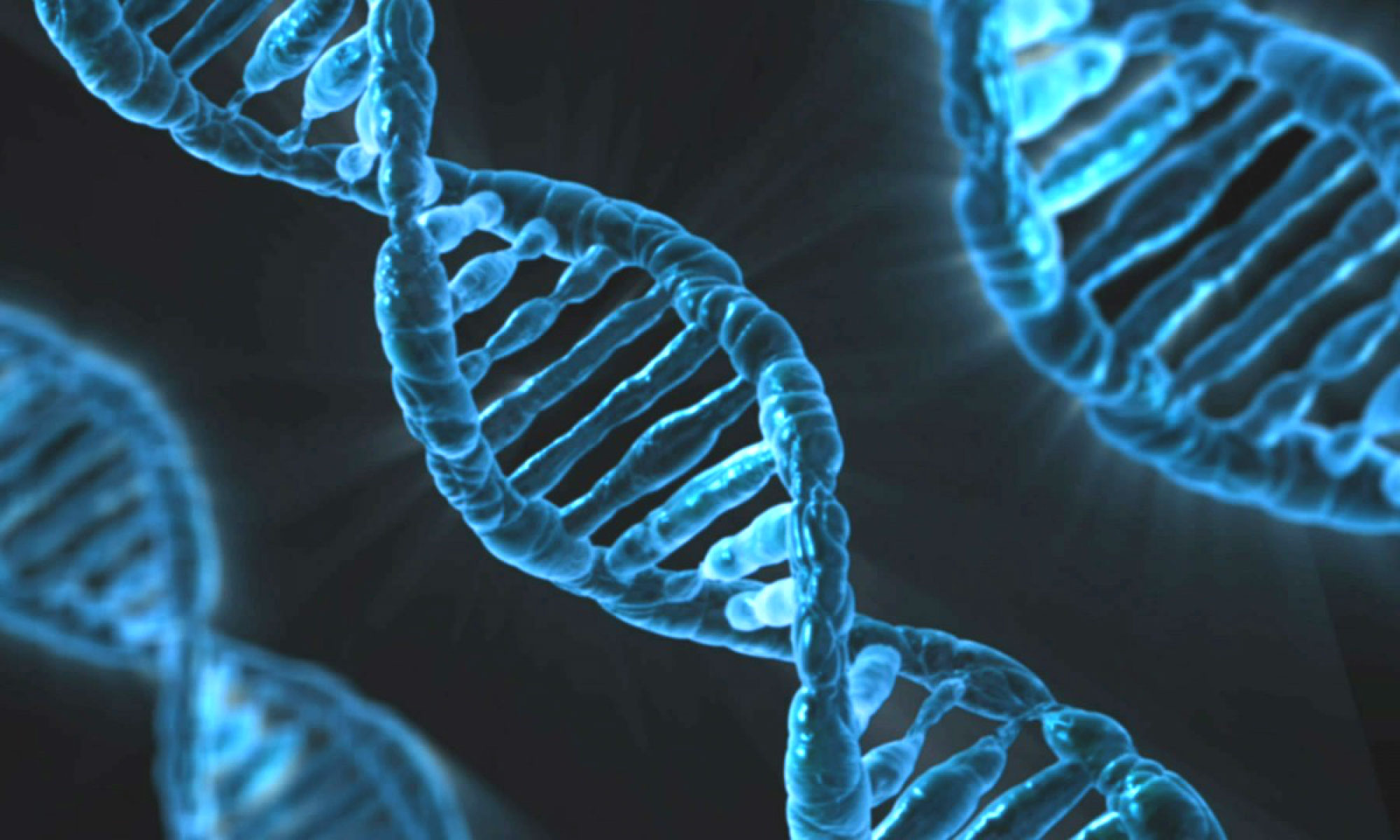Have you heard about nucleic acids? Well, nucleic acids are essentially various macromolecules that are made of nucleotide chains. However, these acids are vital for every living being on this planet. Having said that, we mean, without nucleic acids, no cell formation is possible. Usually, you get to hear two types of nucleic acids namely DNA (deoxyribonucleic acid) and RNA (ribonucleic acid).
However, the concept of RNA came into being back in 1962 holding the hands of Alexander Rich, an American biophysicist, and biologist. It is important to know here that RNA has a property of self-replication. Therefore, a debate still keeps going on the RNA world with regard to the theory of evolution. But, the method of counting the total RNA from human tissues isn’t easy. Besides, the result can get flawed due to contamination by the apparatus used for the purpose. However, the single step method of RNA isolation by acid guanidinium thiocyanate-phenol-chloroform is comparatively easy.
Why isolate RNA?
When you are learning to isolate the total RNA from human tissues, it is important to know the reason behind the same. This, in turn, will expedite your learning. Having said that, we mean, knowledge is power to you. But, we all learn fast when we are driven by an urge to do so. However, RNA is a polymeric substance that is composed of a lot of things such as uracil, nitrogen base adenine, a long chain of ribose units and phosphate. RNA carries genetic information of many viruses and at the same time, it is essential for protein synthesis in all living cells.
All those put together indicates that learning to isolate RNA, we stand to benefit in more than one ways. For instance, knowledge about RNA isolation helps us to perform various experiments in molecular biology. Interestingly, there are reagents like TRIzol that are deemed fit as the ready to use reagents and using the same, we can isolate RNA from the tissues and cells. The USP (unique selling proposition) of TRIzol is that it breaks down the cell components and the cells but retains the RNA integrity during the homogenization of tissues.
However, RNA continues to exist in the aqueous phase following the separation of organic phases from the aqueous and it happens after you have added chloroform to the solution of cells and cell components. The addition of chloroform centrifuged the cells and its’ components further.
RNA recovery:
From the aqueous phase, you can start RNA recovery. It can be done successfully using isopropyl alcohol to the solution and then precipitating the excess water. RNA thus isolated here is free from DNA and protein. It is important to mention here that the total RNA from human tissues, for instance, can be successfully used for a slew of experiments and analyses such as in vitro translation, molecular cloning, RNase protection assay, and even for the Northern blot analysis bespoke to a situation.
In short, the process of total RNA isolation from the human tissues has led to many discoveries in molecular biology befitting the human race from time to time.



Leave a Reply
You must be logged in to post a comment.